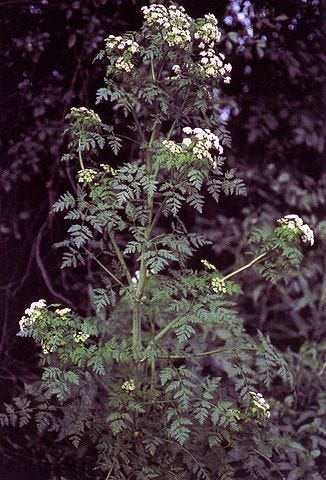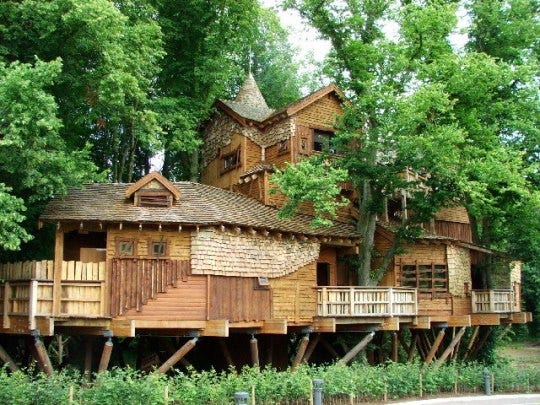A Journey Through the World's Most Lethal Garden
Written on
Exploring Alnwick Garden
Gardens are typically serene spaces filled with beautiful flowers and well-arranged plants, and one such garden in England fits this description—except for a dangerous twist. Nestled within Alnwick Garden is a restricted area where plants that could potentially kill you are housed.
Behind imposing black gates adorned with a skull and crossbones lies the infamous Alnwick Poison Garden. This attraction is precisely what its name suggests: a carefully enclosed section containing some of the most lethal plants known to humanity. Visitors are strictly warned against touching or even inhaling the scents of these plants, highlighting the inherent risks involved.
Within this garden, approximately 100 deadly species flourish. Among them is Atropa belladonna, known as deadly nightshade, where just two to five berries can prove fatal, and even a single leaf can be lethal. This plant is recognized as one of the most toxic in the Eastern Hemisphere.
Also present is the notorious Conium maculatum, or hemlock, the poison that led to the demise of Socrates. Additionally, Strychnos nux-vomica, commonly referred to as strychnine, possesses seeds that can induce severe muscle spasms, asphyxia, and ultimately death. Further complicating the garden’s reputation, Ricinus communis, the source of castor oil, harbors seeds that can result in a painful death due to the toxic compound ricin. The garden also features narcotics like cannabis, opium poppies, and hallucinogenic mushrooms. But what is the reasoning behind the existence of this particular garden?

The Vision Behind the Poison Garden
In 1995, Jane Percy became the Duchess of Northumberland following the death of her brother-in-law. With ownership of Alnwick Castle and its extensive garden, which had fallen into disrepair, Percy sought to revitalize the space. In 1996, she collaborated with a landscape architect to transform the garden into a contemporary setting. To differentiate her garden from others, she conceived the idea of creating a section dedicated to lethal plants, shifting focus from healing flora. The Poison Garden officially opened in 2005.
Access to the Poison Garden is not unrestricted; due to the dangerous nature of some plants, several are kept in cages, and the area is monitored by security around the clock.
The broader Alnwick Garden is home to additional attractions, including a magnificent cascading fountain and one of the largest treehouses globally. Interestingly, Alnwick Castle served as the backdrop for Hogwarts in the first two Harry Potter films.


Sources: Alnwick Garden, Smithsonian, Atlas Obscura
Looking for more intriguing insights? Explore "The Wonderful World of Completely Random Facts" series here on Medium. Discover even more captivating trivia in the four volumes of "Knowledge Stew: The Guide to the Most Interesting Facts in the World." More fascinating stories await you at Knowledge Stew.